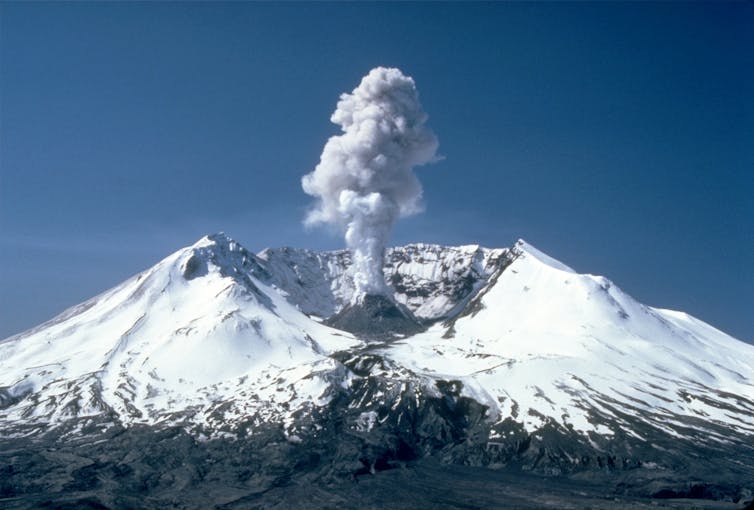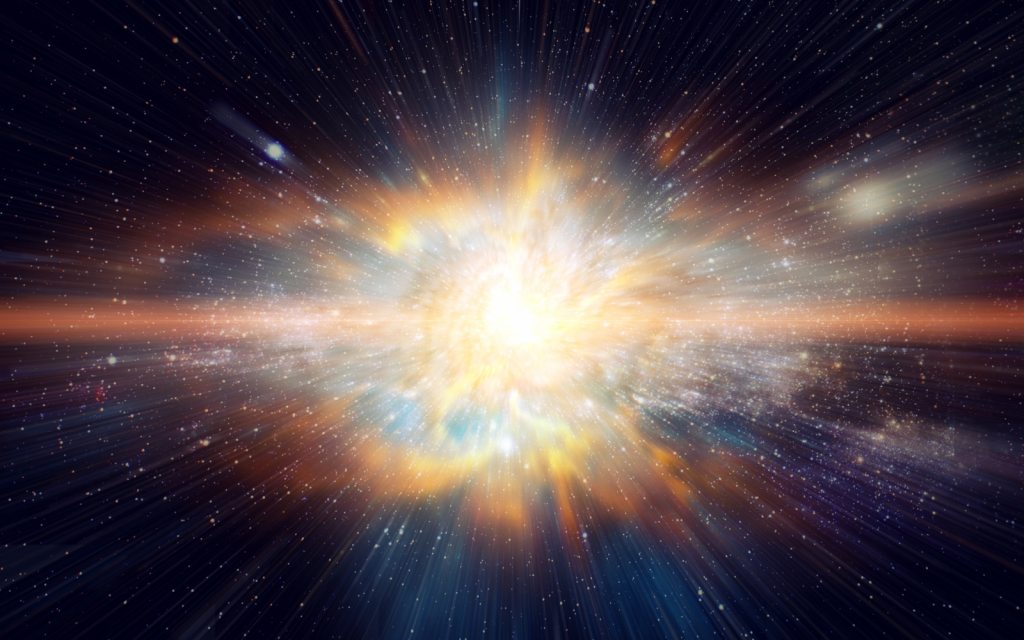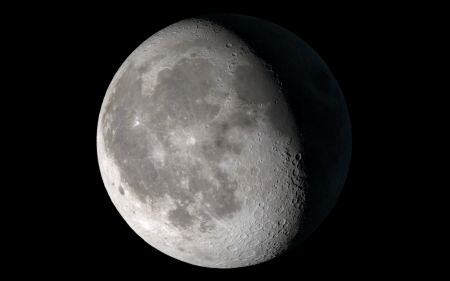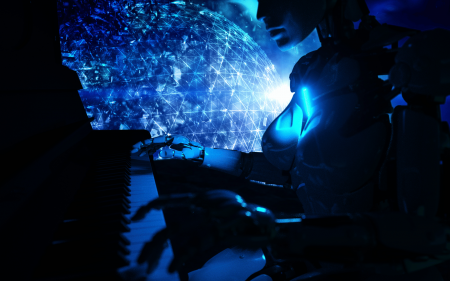Stars are born, live and die in spectacular ways, with their deaths marked by one of the biggest known explosions in the Universe. Like a campfire needs wood to keep burning, a star relies on nuclear fusion — primarily using hydrogen as fuel — to generate energy and counteract the crushing force of its own gravity.
But when the fuel runs out, the outward pressure vanishes, and the star collapses under its own weight, falling at nearly the speed of light, crashing into the core and rebounding outward. Within seconds, the star is violently blown apart, hurling stellar debris into space at speeds thousands of times faster than the most powerful rocket ever built. This is a supernova explosion.
Astronomers aim to understand what types of stars produce different kinds of explosions. Do more massive stars result in brighter explosions? What happens if a star is surrounded by dust and gas when it explodes?
While we have simulations modelling a star’s death, they are difficult to validate. Observing a star’s behaviour in real-time before the explosion could help answer these questions — but finding such a star is no easy task.
Scientists already do this with eruptions on Earth. Volcanologists monitor volcanoes, measuring changes in activity to predict an upcoming eruption. For example, in March 1980, Mount St. Helens in the US began to show some precursor events, such as seismic activity, and dozens of steam eruptions ejecting ash and gas into the atmosphere.

Two months later, an earthquake triggered the largest landslide ever recorded, releasing built up pressure in the magma chamber, resulting in a catastrophic eruption that devastated an area of almost 232 square miles (600 square kilometres).
Pre-supernova eruptions
Massive stars – larger than around 10 times the mass of the Sun – can do the same thing, albeit at much larger scales. In 2009, astronomers observed a bright event 65 million light years away that on first impressions resembled a supernova explosion.
Dubbed SN 2009ip, the explosion did not brighten as expected and was reclassified shortly after discovery as a “supernova impostor” – a giant eruption which ultimately does not destroy the star.
Over the next three years, the star underwent many rapid “flickering” events, a bit like quickly turning on and off a light bulb. Finally, in 2012, an unexpected supernova occurred. The evolution of the supernova explosion is still being studied to this day, and what exactly happened from 2009 to 2012 remains a mystery.
In a recent paper, published in Astronomy and Astrophysics, our team found a peculiar star in the Virgo Cluster, coincidentally also 65 million light years away. Unlike SN 2009ip, the star lacked hydrogen and was composed primarily of helium. The star was observed very slowly increasing its brightness for over five years – akin to slowly turning on a bulb using a dimmer switch – before a supernova was observed.
The supernova, labelled as SN 2023fyq, provided astronomers with a rare opportunity to capture the first light from the supernova explosion, known as shock breakout, from observatories worldwide and in space, largely due to the daily monitoring of the precursor activity.
Clash with current theory
This precursor activity offers an exciting chance to uncover the mysteries of supernova explosions, shedding light on both the conditions leading up to and following these cosmic events.
The underlying cause of this pre-supernova activity remains unclear. It is thought that an isolated massive star does not experience such rapid fluctuations in brightness. In the final moments of a star’s life, its core undergoes rapid evolution, desperately attempting to counteract the crushing force of gravity with its dwindling fuel reserves.
However, the star is so large at this stage that any activity in the core doesn’t have enough time to reach the surface. Observing these dramatic changes, occurring so close to the star’s demise, present a significant challenge to current theories.
One compelling hypothesis points to the interaction of multiple stars. Stars are born in dense clouds of gas and dust where multiple stars can form in close proximity. Neighbouring stars may interact gravitationally with one another – exchanging material as they orbit each other.
This mass transfer could account for the changes in brightness observed in SN 2009ip before its explosion and the hydrogen deficiency seen in SN 2023fyq. The companion involved might be another massive star – or perhaps a more exotic object, such as a black hole.
Read More: The earliest galaxies formed amazingly fast after the Big Bang. Do they break the universe or change its age?
We know not all eruptions will not end in a supernova explosion. For example, in the 1840s, Eta Carinae – a star 100 times larger than the Sun – experienced the “Great Eruption” launching 30 times the Sun’s mass into space. Although this was an extremely energetic explosion, the massive star was not destroyed.
Do all stars announce their departure? We aren’t sure. Seemingly normal supernovas have been observed with precursor eruptions, thanks in part to deep observations catching the faint precursor activity.
In 2025, the Vera C. Rubin Observatory, equipped with the world’s largest camera, will begin to study these events. At 3,200-megapixels, it is over 40 times more sensitive than cameras we have available on Earth, providing the opportunity to search for fainter precursor activity.
At Stockholm University, our team is currently using telescopes from the European Southern Observatory and the Zwicky Transient Facility, including the Nordic Optical Telescope in La Palma, Spain and the Very Large Telescope at Cerro Paranal in the Atacama Desert of northern Chile, to identify the signs that indicate a star is nearing the end of its life.
By recognising these signals, we can alert the scientific community and be ready to watch as a star experiences its final, dramatic moments.
- is a Postdoctoral Researcher in the Supernova and Explosive Transient Group, Stockholm University
- This article first appeared in The Conversation




